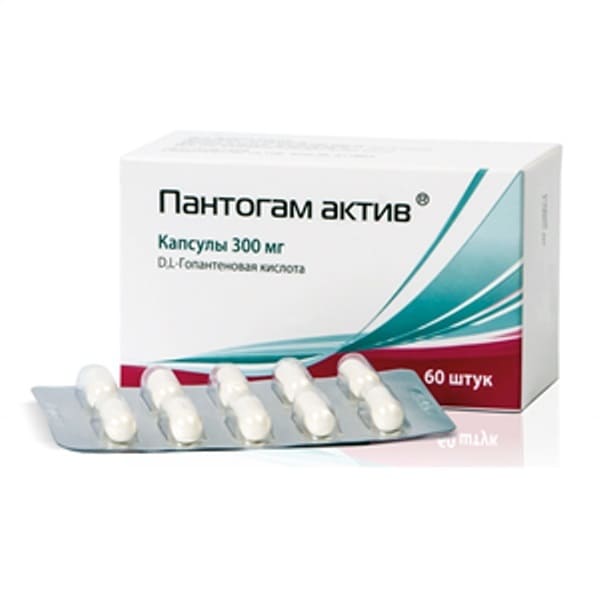You have no items in your shopping cart.

Sku:
pharmachologic effect
Nootropic agent, possesses neuro-metabolic, neuroprotective and neurotrophic properties. Increases brain resistance to hypoxia and toxic substances, stimulates anabolic processes in neurons, combines moderate sedative effect with mild stimulating effect, possesses anticonvulsant action, reduces motor excitability and simultaneously regulates behavior. Increases mental and physical performance. Helps normalize the GABA content in chronic alcohol intoxication and the subsequent abolition of ethanol. Has analgesic effect
Indications
Cerebrovascular insufficiency caused by atherosclerotic changes in cerebral vessels, senile dementia (initial forms), residual organic lesions of the brain in mature and elderly people, cerebral organic insufficiency in patients with schizophrenia, extrapyramidal hyperkinesis in patients with hereditary diseases of the nervous system (incl. Huntington's chorea, hepatocerebral dystrophy, Parkinson's disease), residual phenomena of the transferred neuroinfections, post-vaccinal encephalitis, craniocerebral trauma (as part of complex therapy); extrapyramidal neuroleptic syndrome (hyperkinetic and akinetic), as a corrector of side effects of antipsychotics (neuroleptics) and with a preventive purpose simultaneously as "cover therapy"; epilepsy (with the delayed mental processes in conjunction with anticonvulsants). Psycho-emotional overload, reduction of mental and physical performance (increased concentration and memorization). Urination disorders: enuresis, daytime urinary incontinence, pollakiuria, mandatory urges (adults and children from 2 years).
Children: perinatal encephalopathy, mental retardation (delay of mental, speech, motor development or their combination), infantile cerebral palsy, stammering (mostly clonic form), epilepsy (as part of combination therapy with anticonvulsants, especially in polymorphic seizures and small epileptic seizures) .